At BlogHer, I was given the opportunity to see a preview of the upcoming movie version of Kathryn Stockett’s The Help. I read The Help in spring 2010, about a year after it seemed that most people had read it, and I liked it. (Here’s my review of The Help.) For the uninitiated, The Help is about the relationship between black domestics and white employers in the South in the 60s, told through the perspective of black maids and a young white woman who decides to help them tell their story.
I found the subject matter extremely compelling, and was glad that Stockett had taken it on. My main complaints about The Help were, first, that I felt that Stockett had added some gimmicks and plot twists to the book that were totally unnecessary and detracted from the power of the story itself, which needed no such embellishments; and second, that it read like a screenplay, rather than a piece of historic fiction, and that Stockett "had the inevitable movie adaptation in mind while she was writing".
So now, it is a screenplay. The Help, which just opened nationwide, is a faithful screen adaption of Stockett’s book. But the movie was better than the book. Stockett wrote the black women’s sections in their voices, mimicking their diction, which I found distracting. In the movie, that distraction is gone. The performances were beautiful – from Aibileen’s dignified veneer masking her simmering anger to Skeeter’s awkward earnestness, the movie was pitch perfect. Great casting too – Bryce Dallas Howard’s despicable Hilly, Octavia Spencer as Minny, Viola Davis’s Aibileen and Emma Stone (looking about as gawky as possible for such a lithe beauty) as Skeeter – these were exactly the people I had in mind when I read the book.
The movie does a beautiful job of capturing the deep injustices of 1960s Jackson, Mississippi, with lush Southern estates contrasted with the working class houses to which the domestics wearily trudge each evening after a day spent wearing maid’s uniforms and panty hose in those same estates. The details of the movie were perfect, from the white women’s bridge games and Junior League benefits, with their floral pastel dresses and starchily coiffed hair, to the black churches and city buses. There are a few violent scenes in the book, but they are not shown onscreen, which this movie wimp appreciated.
Overall, I found the movie of The Help to be an improvement over the book, which was admittedly already a good one. If you haven’t read The Help, either because you were put off by the hype or just haven’t gotten to it, I’d highly recommend the movie, which on its own is excellent. If you have read The Help, I suspect you’ll love the movie, either because you’ll find it a faithful interpretation of one of your favorite reads, or, like me, you’ll find it to be even better than the book.
Advantage: movie.

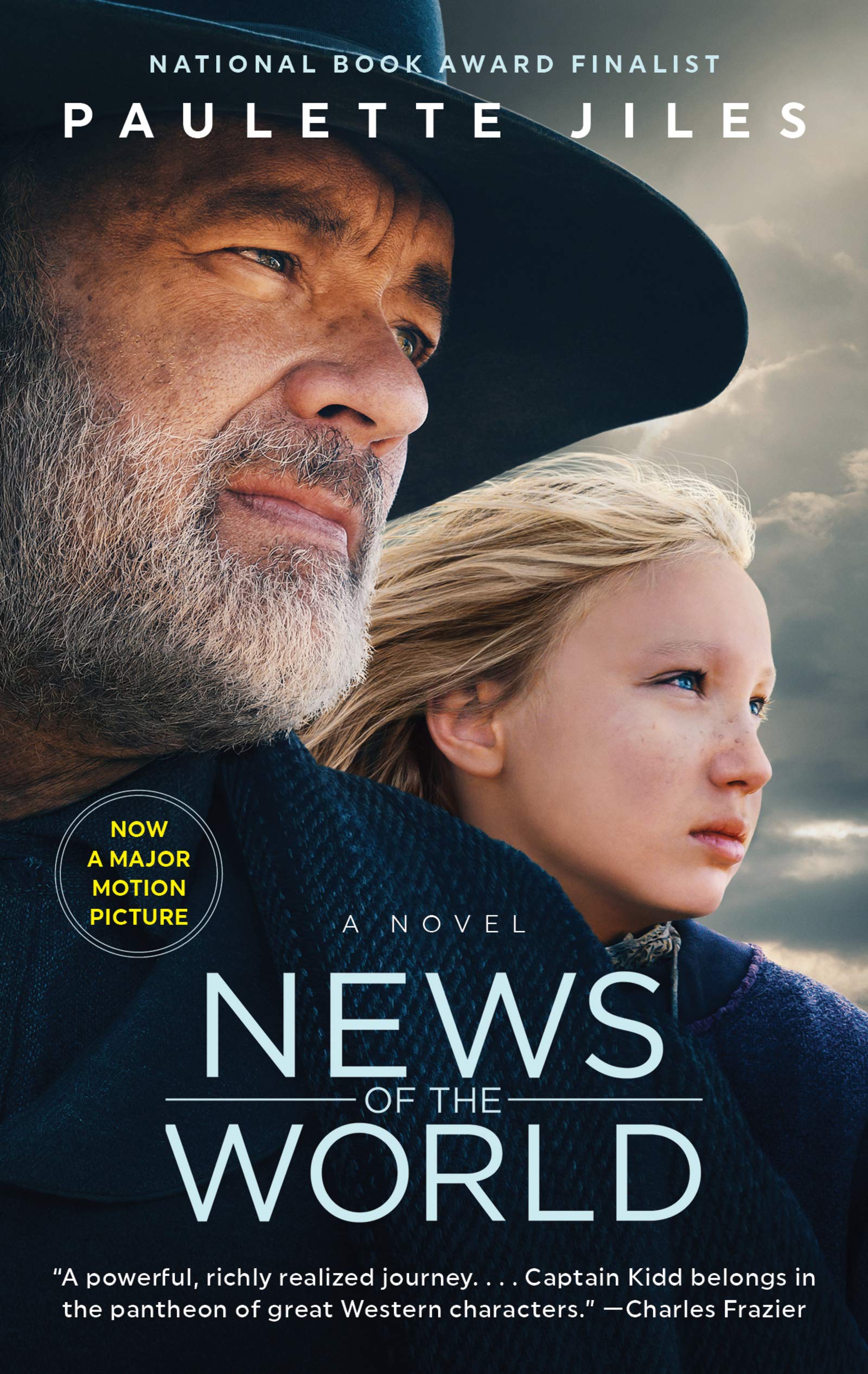
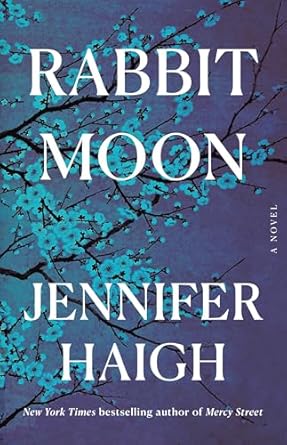
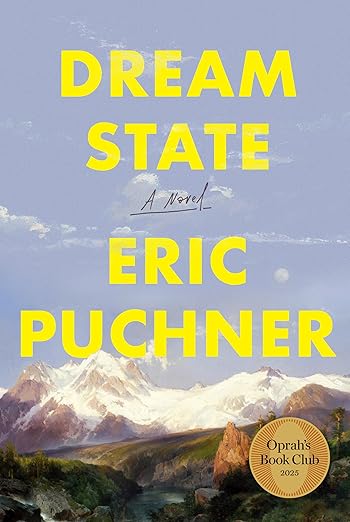
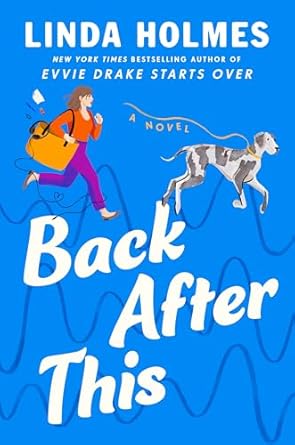
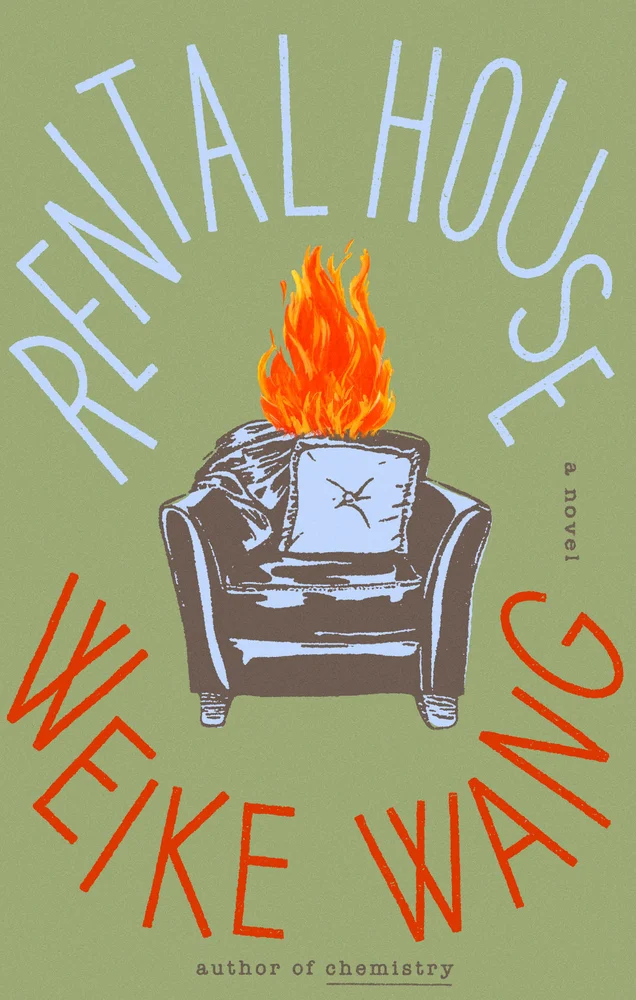
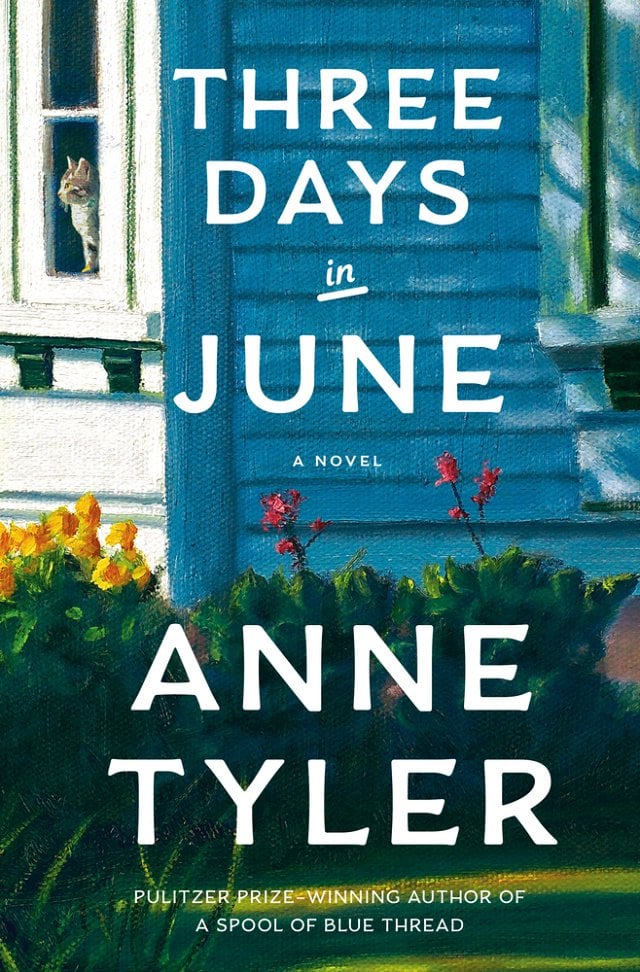
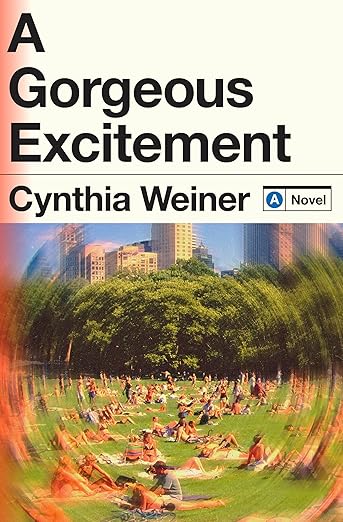

About Me
I have been blogging about books here at Everyday I Write the Book since 2006. I love to read, and I love to talk about books and what other people are reading.